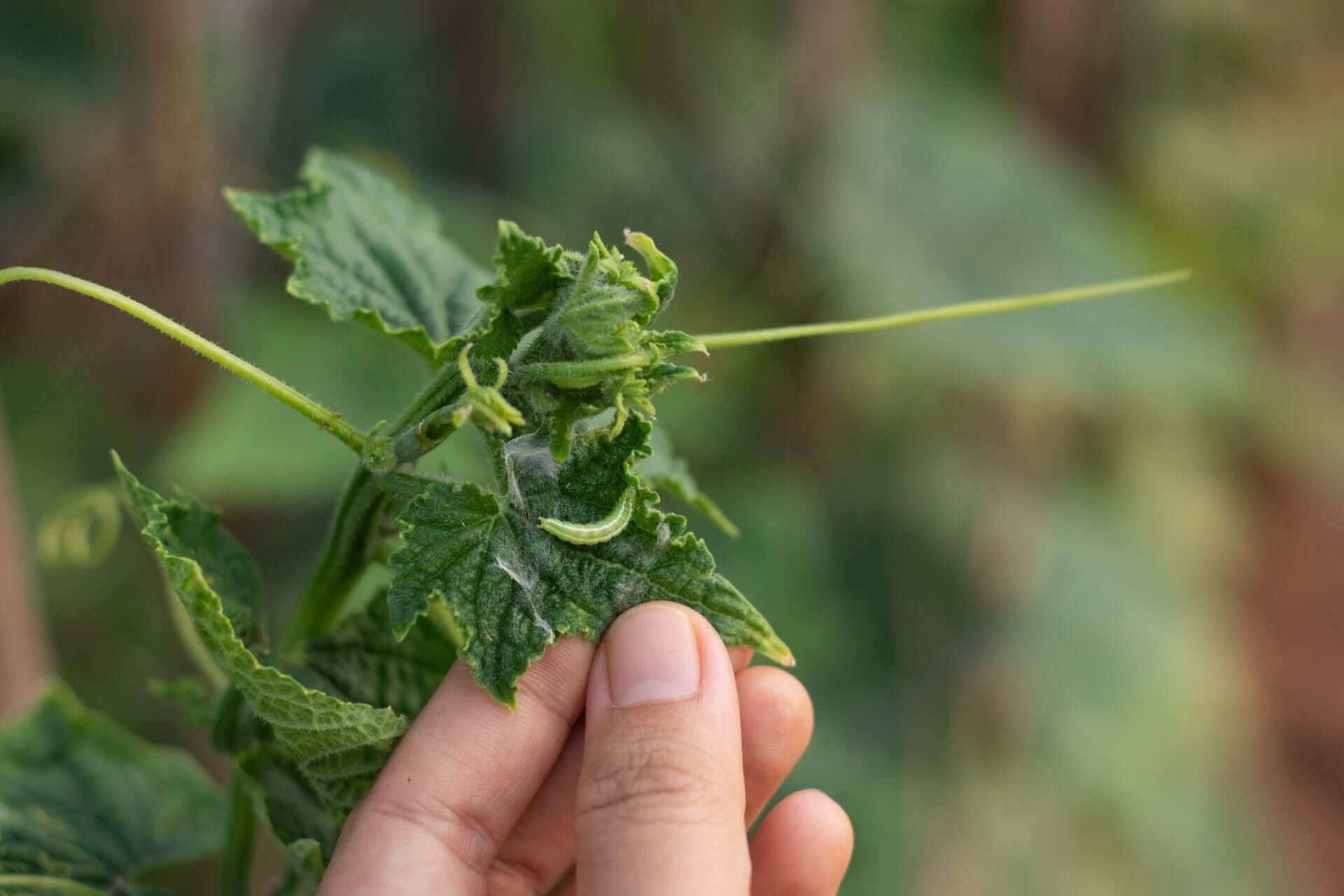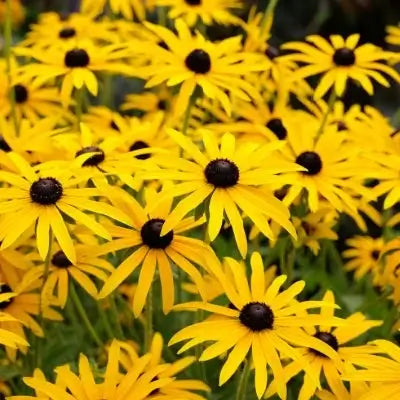American Holly 6-10"
American Holly: Ilex Opaca
American Holly is a standout choice that packs a punch with its stunning green leaves and bright red berries. If you're looking to add year-round beauty and charm to your outdoor space, this evergreen tree not only enhances your landscape but also plays an important role in local ecosystems. Imagine a tall, elegant tree that provides shelter for birds and vibrant berries that attract wildlife during cold winters. In this we are gonna dive into the unique characteristics of it, explore how to properly care for it, and reveal why it's such a beloved addition to gardens across the country. Whether you're an experienced gardener or just starting out, this plant offers something special for everyone. Let's take a closer look!
Ilex opaca is an evergreen tree known for its ornamental beauty and glossy leaves, often featuring bright red berries. To care for it, ensure it is planted in well-draining dirt with part to full shade, provide adequate moisture, and consider potential deer resistance when choosing garden locations.
The American Holly Overview
This tree, scientifically known as Ilex opaca, is widely recognized for its vibrant green leaves and the striking contrast of its bright red berries. This evergreen tree gracefully adorns many landscapes, offering year-round beauty. Standing tall between 15 to 30 feet, it boasts a spread of approximately 10 to 20 feet, making it a substantial presence in any garden or yard while still being manageable for most spaces.
One of the fascinating aspects of Ilex opaca is its adaptability. Found across a diverse range - from the colder climates of Massachusetts down to the milder warmth of Florida, and stretching westward to Texas and Missouri - it thrives remarkably well in USDA hardiness zones 5 through 9. Its ability to flourish in different conditions speaks volumes about its resilience; whether in full sun or partial shade, it finds ways to thrive. However, light exposure plays a critical role in fruit production and overall growth, with increased sunlight allowing plants to produce more berries and grow larger.
Historically, this species was not just admired for its aesthetics but also held cultural significance, particularly evident when it was declared Delaware's state tree in 1939. This recognition underscores how intertwined this tree is with regional identity and history-a symbol of tradition during winter holidays.
When analyzing the plant's physical traits, you'll notice its dark green, glossy leaves adorned with spiny margins that add texture and depth to any landscape design. Its flowers, which bloom in late spring, are often understated with their small white petals but pave the way for an impressive display of red berries in the fall. These berries not only offer a dazzling visual but also play a vital role in attracting birds, making the it is a favorite among wildlife enthusiasts.
Understanding how this plant grows and what it needs will further illuminate why many gardeners choose to include it in their landscaping plans. As we explore specific growth requirements and size characteristics next, we'll gain deeper insights into its care needs and overall appeal.
American Holly Growth and Size Characteristics
It is a grand tree that can truly make a statement in any garden or yard.
Usually, it grows to impressive heights ranging from 10 to 20 meters (33 to 66 feet), but under optimal conditions, it can reach as much as 30 meters (98 feet). Such towering stature not only provides a lovely backdrop but also offers necessary shade and shelter for many garden inhabitants.
However, it's worth noting that this growth can take time; the tree typically has a slow growth rate, averaging only 12 to 24 inches (30 to 61 cm) per year. This slow pace is quite beneficial for those who prefer low-maintenance gardening, as it allows you to enjoy other tasks without constantly worrying about the rapid expansion of your plants.
There's an important distinction when it comes to dwarf and standard varieties. Dwarf cultivars, like 'Maryland,' can reach a modest height of just 3 to 5 feet, making them perfect for smaller spaces or as more manageable shrubs. These smaller trees retain all the lovely characteristics of their larger counterparts while fitting snugly in gardens with limited room.
As we discuss maintenance ease, it's crucial to recognize that while the slow growth of it is advantageous, achieving its full aesthetic potential will require patience. It may take several years before the tree showcases its mature form laden with vibrant leaves and berries, but once that moment arrives, the sight is undeniably rewarding. Each glossy green leaf and plump red berry adds charm and character, contributing to the seasonal beauty around your home.
It's fascinating how these unique characteristics extend beyond mere size; they significantly impact its role in landscaping and ecology. Let's turn our focus now to what makes this plant easy to identify through its leaves and berries.
Leaves and Berries
The leaves of this tree are a notable aspect of its identity. These leaves have a pleasing yellow-green hue, standing out with their stiff texture that measures about 5 to 7.5 cm (2 to 3 inches) long. Their sharp, spiny edges serve as a natural defense mechanism against herbivores, helping the plant maintain its health by deterring certain animals from nibbling on its foliage. When you run your fingers over these glossy leaves, you'll notice the upper surface shines brightly, while the underside offers a contrasting matte finish.
This dual-texture feature adds a layer of complexity to the leaf's presentation, creating visual interest throughout the seasons.
As winter approaches, these hardy leaves remain resilient and vibrant, defying the cold temperatures while adding visual appeal to any landscape. The ability of leaves to withstand harsh weather without losing their lushness makes this tree an exceptional choice for gardeners looking to maintain greenery in the colder months.
Berry Characteristics
Turning our attention to the berries, female trees produce striking red drupes that measure approximately 6 to 12 mm in diameter. These berries begin appearing in late fall and continue to adorn the tree throughout winter, providing both color contrast and sustenance for local wildlife.
Birds, in particular, find these berries irresistible. Not only do they feed on them during colder months when food is scarce, but this interaction also aids in seed dispersal. As birds consume the berries and move throughout their habitat, they help spread new plants across the area-an elegant cycle of life that emphasizes interdependence within ecosystems.
With a clear understanding of these distinctive features, it becomes easier to ensure optimal conditions for thriving growth, maximizing the enchanting qualities that they brings to any garden.
Growing Conditions and Care
This tree (Ilex opaca) is a remarkably adaptable species, thriving in a variety of environments. It is particularly fond of partial shade but does not shy away from full sun. Plants exposed to some sunlight produce more berries, which adds a lovely, festive touch to any landscape. A strategic approach to placement can greatly benefit its growth; consider planting it near taller trees where it can bask in dappled sunlight.
When it comes to soil, it is not overly demanding. Although it can adapt well to poor clay soils, it favors moist, well-drained substrates. Imagine a patch of well-nurtured earth with just the right balance of moisture-not soggy, mind you, but just enough to keep those roots happy. If you're unsure about your soil type, a simple soil test can provide valuable insights and help refine your gardening strategy.
Watering is crucial for this plant; consistency is key. If planted under tree canopies where natural moisture is often low, be sure to provide regular watering. During dry spells, pay close attention to its leaves; drooping or faded foliage could signal the need for water. Maintaining moist soil will significantly boost your plant's resilience and overall health.
Proper care doesn't stop at routine watering-mulching plays an important role too.
Applying a layer of mulch around the base of yours serves multiple purposes. Not only does it help retain moisture in the soil, but it also enriches the ground with organic nutrients as it decomposes. Ideally, I recommend applying 2-3 inches of mulch annually. This simple step not only supports growth but also helps suppress pesky weeds that might compete for resources.
As resilient as they may be, vigilance against pests and diseases remains critical. While this species tends to fend off most nuisances effectively, occasional audits for issues are wise. Regular inspections can catch problems early-look for signs like discoloration or unusual leaf drop. Maintaining a watchful eye ensures your yours remains vibrant and healthy all year round.
Beyond these primary care aspects lies an essential understanding of how this beautiful plant contributes to local ecosystems and supports wildlife.
Ecological Role
Promoting biodiversity is one of the wonderful benefits of cultivating them. The glassy green foliage and brilliant red berries attract various wildlife, ranging from birds seeking nourishment to beneficial insects pollinating blossoms. In my own garden, I've enjoyed watching flocks of birds feast on those attractive berries during winter-it's a sight that warms the heart! Therefore, planting it enhances your property's aesthetic appeal while contributing positively to local ecology.
Incorporating this beautiful evergreen offers much more than an ornamental touch; it fosters an environment rich in life while rewarding you with its steadfast beauty through all seasons.
Ecological Role and Wildlife Attraction
The ecological role of Ilex opaca is profound and multi-faceted. It is a visual delight during the winter months with its vibrant red berries and serves as an essential provider for numerous species in its habitat.
During colder months when food sources are scarce, these berries offer vital nourishment to over 40 birds, including American Robins and Cedar Waxwings. With a high-fat content of approximately 10%, these fruits serve as an energy source, particularly helpful for birds striving to survive harsh winters.
Wildlife Attraction
The appeal of them doesn't end with their berries; they boast dense, evergreen foliage that provides much-needed shelter for nesting birds. This protective cover shields young birds from predators, making this plant a sanctuary in many gardens and natural settings. Interestingly enough, deer generally shy away from the prickly leaves, an added advantage for those cultivating a garden that can withstand both winter's chill and local wildlife.
These qualities illustrate just how crucial it is to maintain healthy ecological dynamics while enhancing biodiversity.
Ecological Benefits
As a steadfast evergreen species, they contribute significantly to soil health by reducing erosion through its extensive root system. This helps keep the integrity of the surrounding ecosystem, preventing nutrients from washing away during heavy rains.
Furthermore, its flowers attract pollinators like bees and moths in early spring, supporting not just its own reproductive process but also benefiting other plants within the area. This fosters a robust insect population that contributes to pollination.
They act as a reliable ally in promoting ecological balance while serving as a beautiful tree to any landscape design. Its role as both sustainer of wildlife and steward of environmental health underscores why it deserves a place in your garden-it's not just about looks; it's about creating a thriving ecosystem.
With such remarkable benefits and roles in the environment, it's fascinating to explore how this plant enhances the aesthetic appeal and functionality of outdoor spaces in landscaping strategies.
Ornamental Landscaping Uses
In landscaping, Ilex opaca truly shines with its beautiful foliage and vibrant red berries, making it a favorite among gardeners. This versatile evergreen can transform a garden into a winter wonderland when adorned with bright foliage amidst the cold backdrop. With branches that hold their leaves year-round, they serve as a reliable canvas for seasonal decorations, especially during the holidays. Christmas wreaths and garlands commonly feature these stunning accents, adding charm to both indoor and outdoor settings.
Decorative Application
The appeal of them extends beyond seasonal festivities. Its sturdy branches can be carefully pruned to create elegant hedges or privacy screens that provide an inviting sense of enclosure in your yard. Imagine walking through your garden, flanked by lush, green hollies, creating a natural corridor leading you to your favorite sitting spot. Their growth habits allow them to be used as standalone specimens that command attention all year round. Picture a majestic tree standing tall amidst less eye-catching flora, offering not only visual interest but also shade on a warm sunny day.
Landscape Design
The pyramidal shape of them adds dynamic visual interest to gardens, distinguishing it from more conventional shrubs or trees. When grouped together with other native plants, it enhances not just its appeal but supports biodiversity in your garden as well. With over 1,000 cultivars available, every gardener can find the ideal match for their exact needs it frost tolerance for colder regions or a particular height and shape that fits snugly into their landscaping vision.
"Choosing the right variety of them can change the way your garden interacts with both light and wildlife."
For those embarking on a garden overhaul or simply looking to add a touch of elegance, consider integrating them into your design plans. Not only does it provide aesthetic appeal like none other, but it also harmonizes beautifully with local ecosystems while enhancing your home's value.
This dual role just as ornamental features but as ecological highlights why understanding the proper care and uses is essential for aesthetics and environmental consciousness.
Incorporating American Holly into your landscape design promotes beauty and contributes positively to the surrounding ecosystem. By nurturing this plant, you not only enhance your garden's appeal but also support the environment around you.










































































































